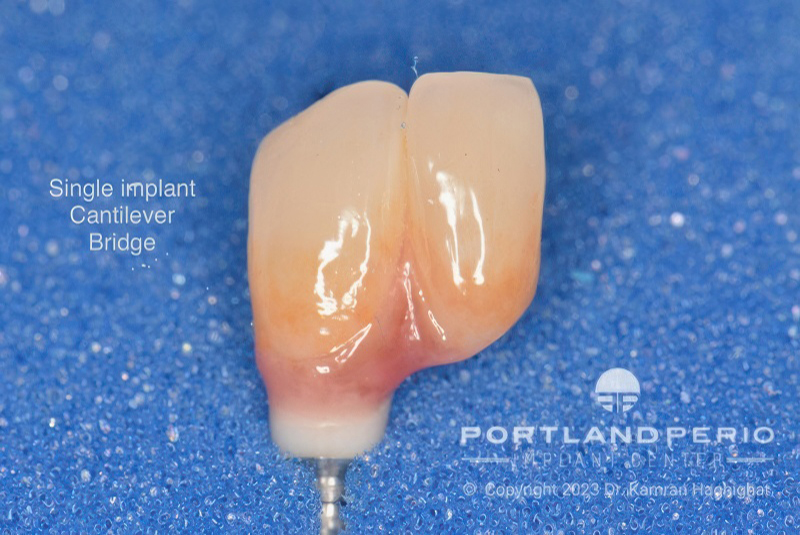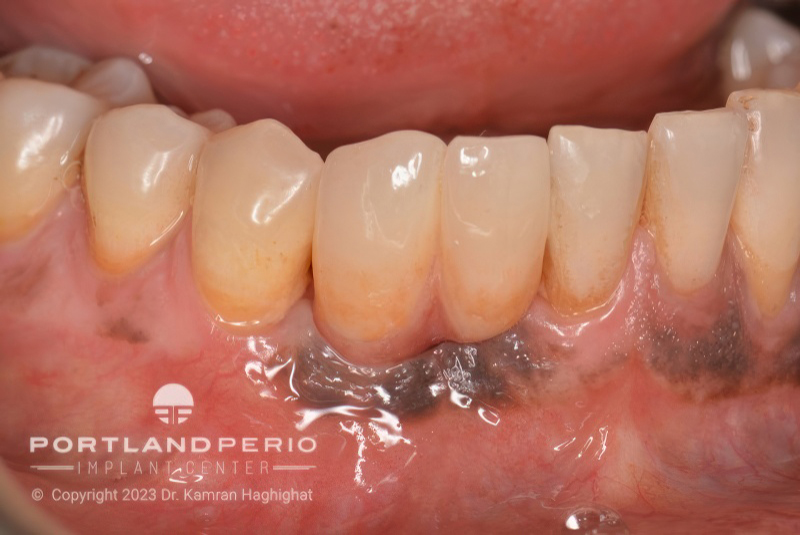Implant-supported cantilever bridges are a useful solution in specific cases where space limitations prevent the placement of two implants. Typically, dental restorations involve placing an implant for each missing tooth, but in some instances, the available bone or space between teeth isn’t sufficient to support two implants. In such cases, a cantilever bridge—where an extra artificial tooth (termed the Pontic) is supported by a single implant restoration side by side as an extension —can be an optimal choice.
This approach is particularly indicated when the missing teeth are in the anterior region, and the anatomy or adjacent teeth leave inadequate room for multiple implants. By opting for a cantilever bridge, the clinician can still provide functional and esthetic replacement teeth without overburdening the surrounding structures. Furthermore, managing the soft tissue at the Pontic site (the area where the artificial tooth sits) can be more easily optimized with this approach, allowing for better gum contouring and a more natural appearance. However, careful planning is essential to ensure that the load distribution on the single implant does not compromise the long-term success of the restoration.
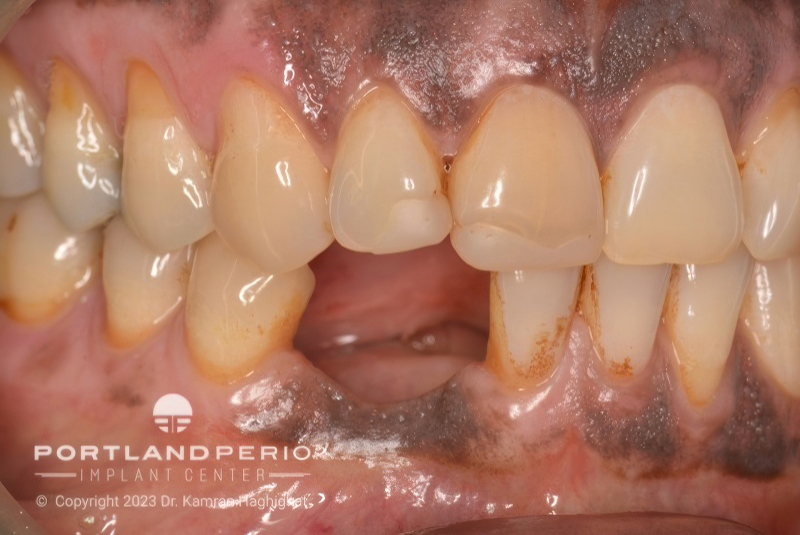
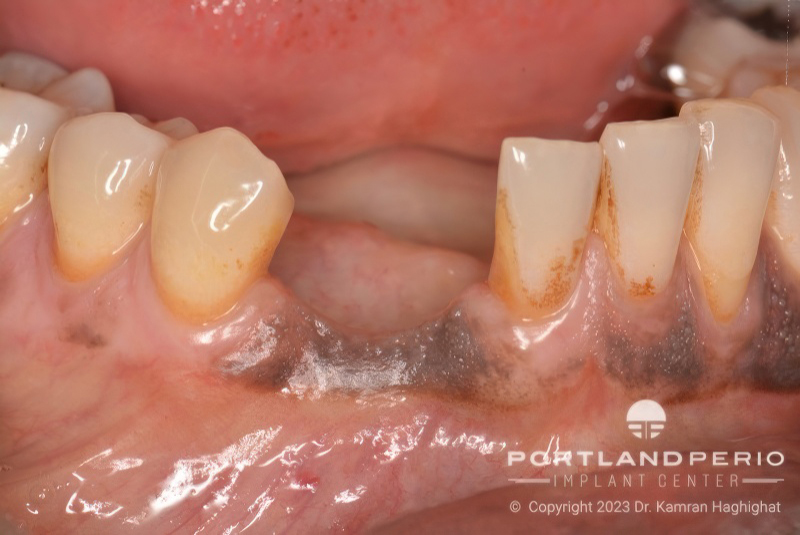
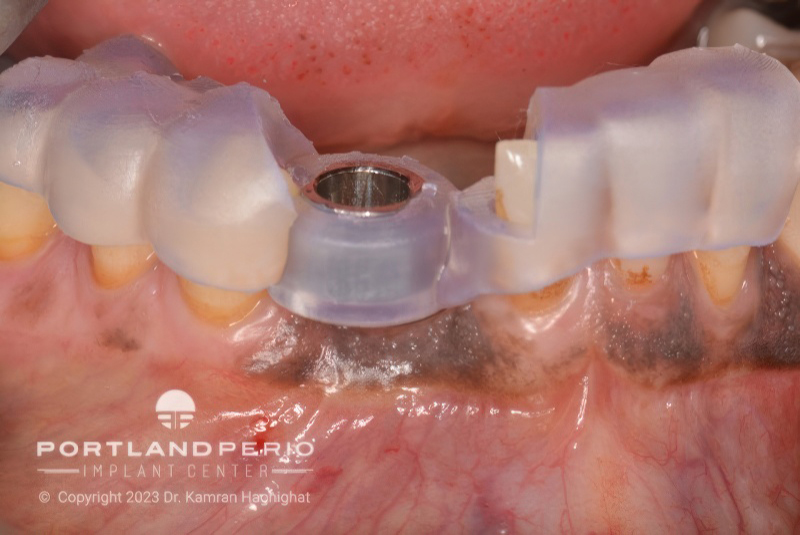
Our patient MJ was referred to us to explore the options for treatment of two missing teeth in the mandible. A canine and a lateral incisor were lost many years before and the patient had been wearing a flipper to replace the missing teeth ever since. Eating was difficult due to the poor stability of the appliance, which had progressively worsened over the years. His desire was a stable and permanent non-removable solution.
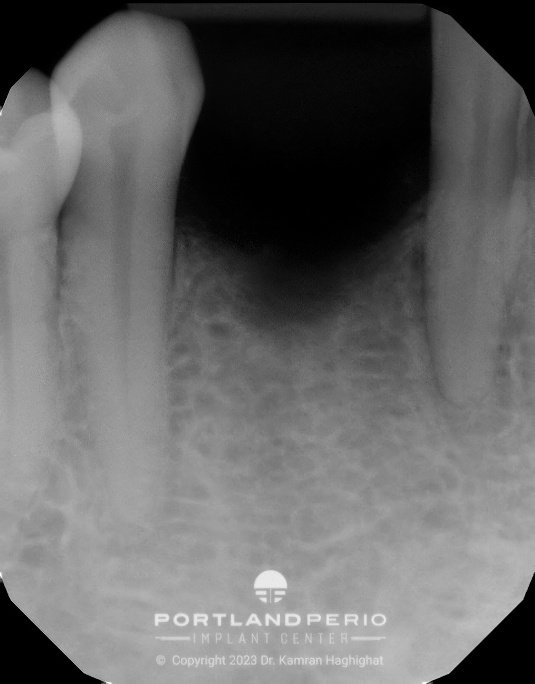
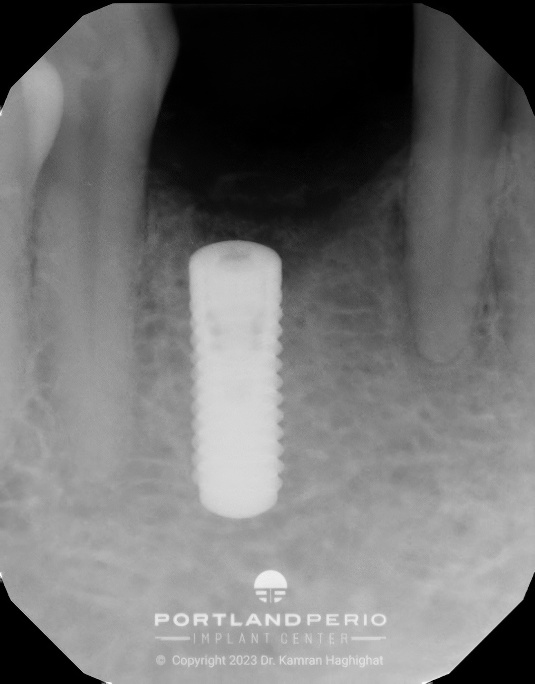
Clinical and radiographic assessment, including a 3D CT scan and digital intraoral imaging for planning was completed. Adequate bone volume in the buccolingual and vertical dimensions was present. However, the width of the inter-dental space was not sufficient to allow for the placement of two dental implants. Closeness of the two implants could potentially lead to adverse healing outcomes.
We recommended a single implant in the canine position and a two-unit cantilever restoration with a pontic in the missing lateral incisor space. The patient's remaining dentition showed characterization, including stains at the cervical areas, that were replicated in the porcelain restorations to create a more seamless natural appearance.
Particular attention must be paid to the occlusion when employing cantilever design prosthesis, such that the occlusal forces in the less supported Pontic area are adequately controlled to ensure long-term stability of the prosthesis.
Final Results
